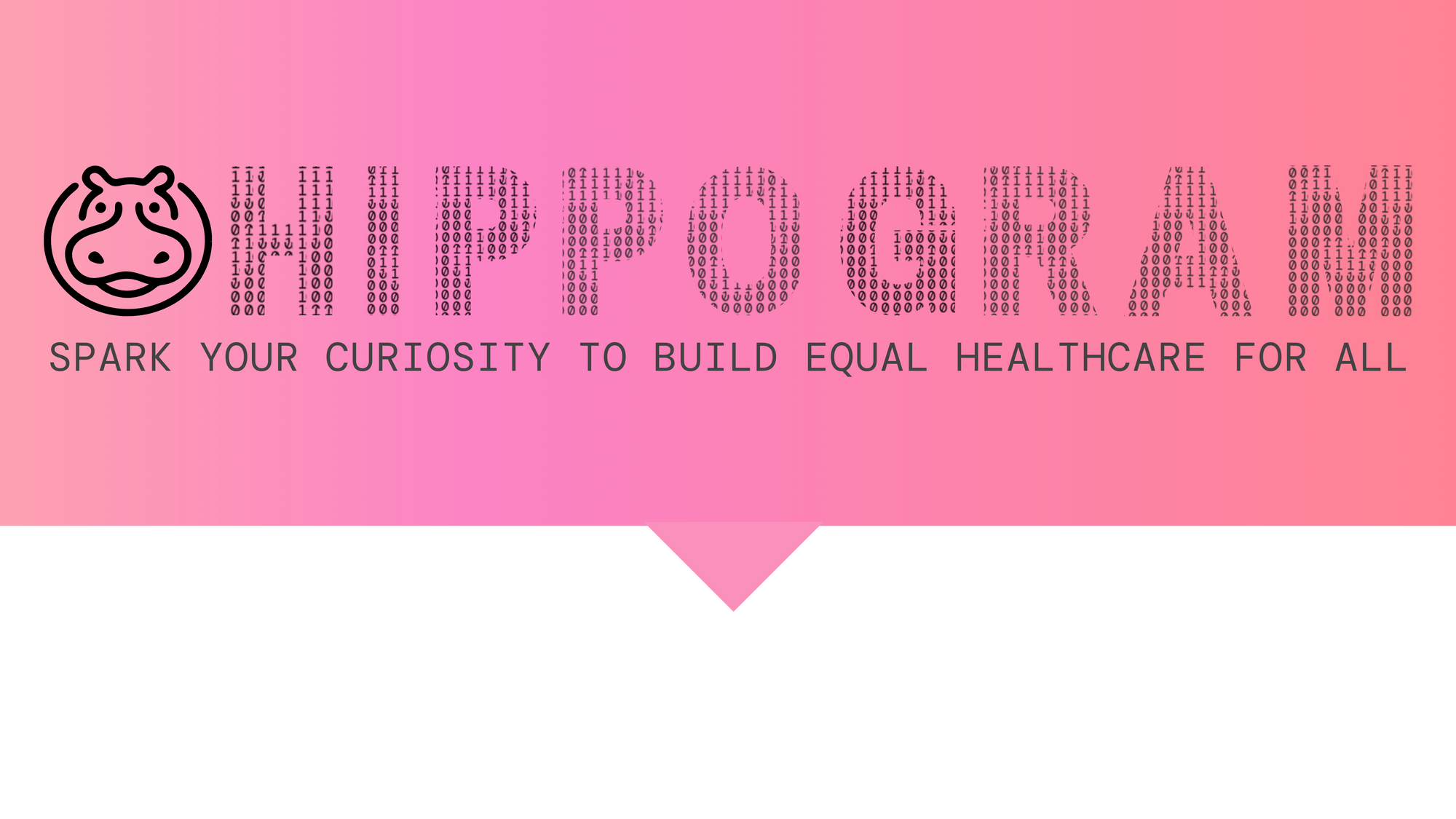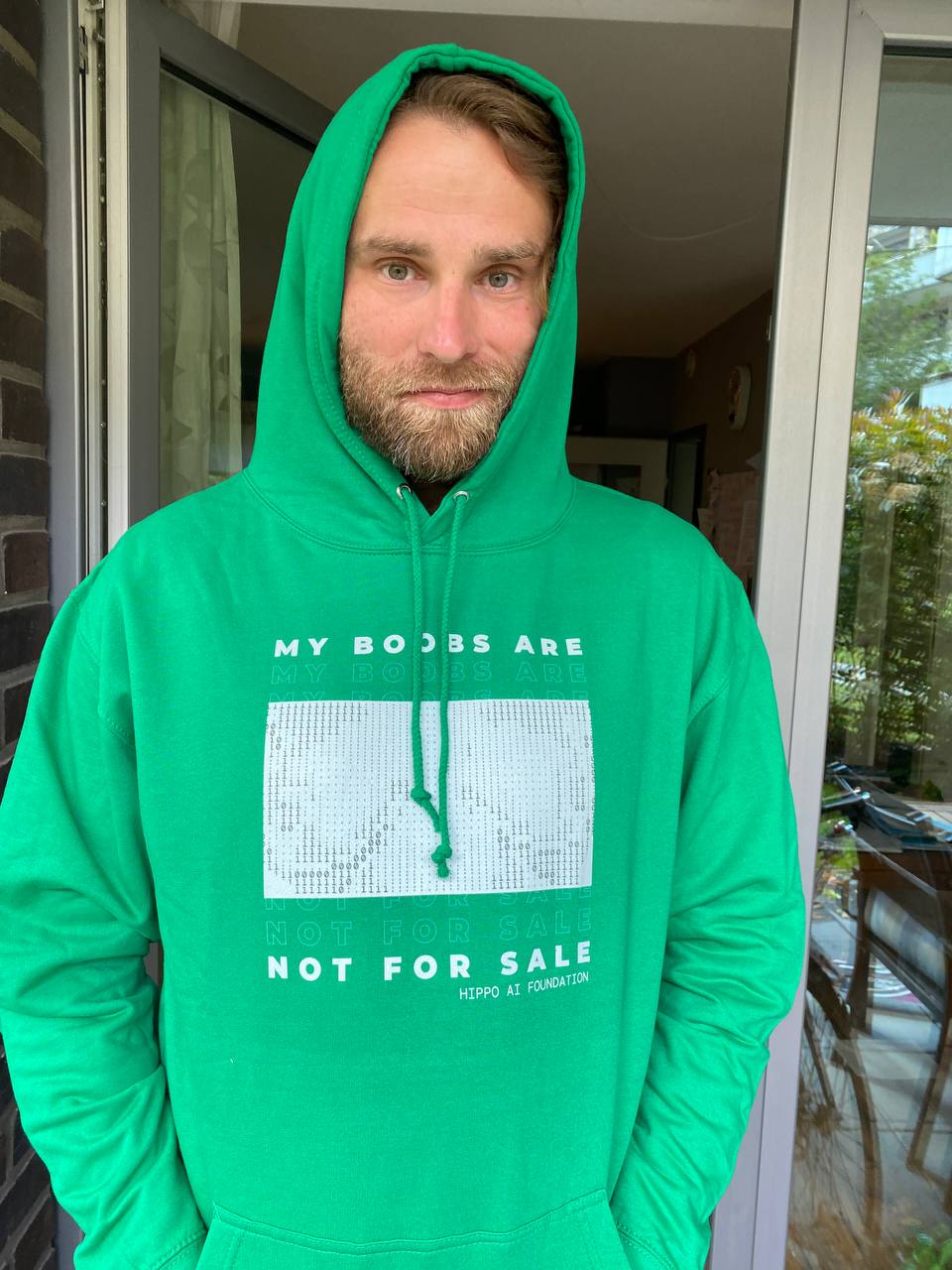Core, Complements and Trust -- 🦛 💌 Hippogram #10
The 10th edition of the Hippogram focuses on large transformer models and openness

I'm Bart de Witte, and I've been inside the health technology industry for more than 20 years as a social entrepreneur. During that time, I've witnessed and was part of the evolution of technologies that are changing the face of healthcare, business models, and culture in unexpected ways.
This newsletter is intended to share knowledge and insights about building a more equitable and sustainable global digital health. Sharing knowledge is also what Hippo AI Foundation, named after Hippocrates, focuses on, and it is an essential part of a modern Hippocratic oath. Know-How will increasingly result from the data we produce, so it's crucial to share it in our digital health systems.
Welcome to our newsletter for health and tech professionals - the bi-weekly Hippogram.
On Cores and Complements
In the absolute classic book from 1998, "Information Rules, A Strategic Guide to the Network Economy", Hal Varian coined the term "commoditizing your complement" (Hal became later the chief economist of Google). A complement is a good that depends on or requires the use of another product, which we call the core. Examples are automobiles and gasoline, food restaurants and indegrients, or even therapeutics and diagnostics.
If you can decrease the cost of your complement by open sourcing it, you can or lower your total R&D costs to increase profitability or lower your total R&D and product costs to increase your market access.
I worked nearly a decade for IBM, which pioneered this concept by investing millions in open source foundations such as the Apache Foundation and the Linux Foundation. IBM was challenged by Microsoft when the later attacked IBM’s market with closed and proprietary integrated Hard- and Software solutions. IBM's biggest investment, however, was related to hundreds of thousands of hours of programming resources in open source development; resulting in code that was available to everyone for free. The reason former IBM CEO Lou Gerstner invested heavily in open source was not a political surrender to communist principles ; he did so because IBM planned to grow their business and profits around a “services-led Model”. To compete with Microsoft, IBM needed software, and the best way to do that was to support open source and make Enterprise Software a complement to their core business, which increased their competitiveness against Microsoft. IT consultancy became the core of IBM’s business and software their complement. Gerstner turned the business of IBM around from the brink of bankruptcy. By the end of Gerstner's tenure as chairman and CEO, the company employed 65,000 more people and turned $13 billion in losses accumulated in the two years before he took office into huge profits. This was documented as one of the largest turnover strategies in IT history.
At that same time, Red Hat started building a business service model from scratch around the free available operating system, GNU Linux. By selling support services as the core business it managed to grow its company value to as much as $34 billion. This was the price IBM paid when they acquired Red Hat in their landmark acquisition.
Disruption through complements
Whereas open source has become a part of any Software R&D process, most healthcare companies haven’t looked at open-source R&D as part of their strategy. Two years ago, I analysed over 30 MedTech companies, and all of them suffered from the not-invented-here syndrome.
Some early examples show what is possible. OpenBionics for instance has released an affordable, myoelectric, multi-grip bionic arm, which can be 3D printed. Called the ‘Hero Arm’, this innovative prosthesis is designed to give wearers the same movement and dexterity that a biological arm does. Not so long ago, a bionic arm was merely a pipe dream for many of those missing upper limbs as other solutions such as Ottobock Michelangelo hand start at EUR 55K, whereas OpenBionics bionic arm comes for as low as EUR 15K. This means that OpenBionics wil be able to capture a much bigger market share. They are working closely with the NHS so their customers in the UK can get Hero arms for free through the NHS. If they achieve this next step, OpenBionics could become a threat to the success of the incumbents.
Short Term Thinking VC's
Whilst it may seem counter-intuitive as some people think that data is the new oil, I advise startups to follow an open-source strategy for their data and AI models. I advise them to not make it their core business but rather their complement. This point of view stands in hard contrast with a recently published article by Merantix. Merantix is an AI venture builder based in Berlin. The author of the article wrote that “patents can simply be seen as assets that can be sold, licensed, pledged or transferred - and should be valued as such”. Patents may have some value, but at no point in the article does it address how patents make your product, or your company more successful, more innovative, or more trustworthy. Reading this absolutely blew my mind. The value of Digital Medical companies does not only derive from privatising and closing your source code, data and AI model. Reading this feels like we are back at back in 2010. When an investor says they want IP, what they mean is - any law, rule or standard that allows me to control the conduct of my competitors, critics and customers, or allows them to sell these assets to larger companies in the form of an exit. Muddying these legal concepts is a trend. It seems that IP lawyers in healthcare are getting more innovative as the innovators that are building great products to save human lives.
There view also oposes the view of some leading VC's such as Andreessen Horowitz's. His company, a16z are bold on using open source as a core of your product. Thy recently mentioned that in the future, open sourced AI, and open source data, will be part of any emerging innovation that will lead to the next generation of business models. According to Peter Levine, a general partner at a16z may only be in its infancy. The market and possibilities for open source software are far greater than we have yet realized.
If you want to build an innovative digital health company and focus first on protecting your innovations through patents, intellectual property and trade secrets, you are following the mindset of investors and lawyers who focus on short-term profits, failure and exits.
Moreover, your closed strategy violates the ethical norms of your most important stakeholder, your customer! In the case of AI-based medicine, those customers are physicians, and most of them prefer open science and open developments.
If you take diversity, equity and inclusion seriously, don't build walls,
If you want to build real trust, be open and transparent,
If you want to scale quickly, collaborate and share!
IP doesn't always protect you from copycats
A famous example of how patents fail to protect you is the case of Terra Vision against Google. The Netflix miniseries, The Billion Dollar Code, documented this chapter to the sullied legacy of tech titans: the controversial creation of Google Earth. In 1994 two “inventors” of a startup called Terra Vision (today Art+Com) found a programming solution which allows fluid image visualisation, a key feature of Google Earth and Maps. The two “inventors” of Terra Vision were awarded 2013 US Patent No. RE44550, “Method and Device for Pictorial Representation of Space-Related Data”. From 2006 onwards, Art+Com and Google had conversations about Art+Com’s technology, and Google was interested in licensing or acquiring the patents. The patent was never sold, and Art+Com finally stopped communicating with Google in December 2007. In 2014 Art+Com filed an infringement suit against Google in the USA. Google argued that the methods patented had already been shown publicly in a publication from 1994 given by an employee at the Stanford Research Institute (SRI). Although the Stanford publication did not contain any of the methods that made Terra Vision’s invention unique and which were described in the patent, the jury of the US court rejected the claim that Google infringed on its patent when it made google Earth. Even though Terra Vision had a patent, they lost the case to Google. I am not aware of a startup winning an algorithm patent battle against a BigTech, but if any of my readers are aware of cases where patents really helped, I am glad to write about them.
There is a compliment for Google Maps' now that is breaking Google's monopoly, it's called Open Street Map. Prominent users include Facebook, Apple, Microsoft, Amazon Logistics, Uber, Snapchat have supported OSM as a counterweight, and are actively contributing to the improvement of OSM. e.g. Meta, who bought the company Mapillary outright in June 2020, and made the Mapillary data available for Open Street Map. Open source collaborations break a monopolies, so I ask myself why should we even try to build one, when it comes to data that gives answers to live saving questions?
Trust and transparency, not secrecy!
Clinicians need confidence and trust in the AI system, they use. The lack of transparency has been identified as one of the main adoption barriers. Without trust, attempts to commercialise AI will be mostly ineffective. The role of explainability in creating trustworthy artificial intelligence for health care has been a key focus to overcome this barrier . The AI industry believes that the concept of (explainable AI) has the potential to overcome this issue. But AI systems are not easily explainable. Explainable AI can even be programmed to hide bias, a form of fairwashing. Recently a computer science professor, Zachary Lipton at Carnegie Mellon University, mentioned that “Everyone who is serious in the field knows that most of today’s explainable AI is nonsense” and I heartily agree with this view. Fostering confidence within the medical community that AI systems work as intended, do not discriminate and do not cause unintended harm is highly important. And transparency will be key to creating this confidence within the medical community as they make these systems easier to game.
Your strategic weapon: Data and AI as a complement
The core values of your digital health business are trust, usability and clinical outcome. Trust is the currency for interaction. Trust can not be purchased, nor can it be copied. Trust must be earned, over time. It cannot be downloaded. Or faked. Or counterfeited (at least for a long). If everything else is equal, you will always prefer to deal with someone you can trust. So trust is an intangible that has increasing value in a copy saturated world. Opening up your algorithms and making it the complement of your diigital medical product or service can be your strategic weapon.
Making AI your complement and therefore creating and paerticipating in open ecosystems is a strategy that is in line with the EU's "philosophy".
I find it hard to understand why the EU has not pushed for this to become a standard in healthcare under the Digital Markets Act or the recently announced European Health Data Space. Forcing open source and transparency in AI-driven medicine would have been the smartest move EU policymakers could have made. After all, some BigTech companies that have made closed AI and data accumulation the core of their business might lose interest if they were forced to make their algorithms open and transparent. Just as the Open-source strategy of IBM killed Microsoft’s monopoly, by making software the complement and services the core, we could make AI models the complement of digital health products. There would be no shortage of companies that use open-sourced AI and have a sharing mindset to fill the void, and European digital health solutions could become the most trusted and innovative applications in the world.
Technology Inspired "Art"
Google Imagen
Google Imagen, is a text-to-image diffusion AI model that builds on the power of large transformer language models in understanding text. It demonstrates an unprecedented degree of photorealism and a deep level of language understanding. None of these images exists in real. And the text below the image is the only input is needed to create the images. The input text for this image was "Teddy bears swimming at the Olympüics 400m Butterfly event." - Now imagine if one could train such a model with a massive health database so we can generate images based on clinical characteristics. One could generate licence free data and let open-sourced medical AI in medicine grow exponentially.

Call to Action
Bastian Schaefer is an innovation manager and venture architect at Airbus in Hamburg. During COVID, he worked with his team on open-sourced medical products and has been an advocate of open-sourced healthcare ever since. 😜
Was it useful? Help us to improve!
With your feedback, we can improve the letter. Click on a link to vote:
About Bart de Witte
Bart de Witte is a leading and distinguished expert for digital transformation in healthcare in Europe but also one of the most progressive thought leaders in his field. He focuses on developing alternative strategies for creating a more desirable future for the post-modern world and all of us. With his Co-Founder, Viktoria Prantauer, he founded the non-profit organisation Hippo AI Foundation, located in Berlin.
About Hippo AI Foundation
The Hippo AI Foundation is an altruistic data trustee and open-source AI accelerator. Hippo unites, cleanses, and de-identifies data from individual and institutional data donations. This means data that is made available without reward for open-source usage that benefits communities or society at large, such as the use of breast-cancer data to improve global access to breast cancer diagnostics.

